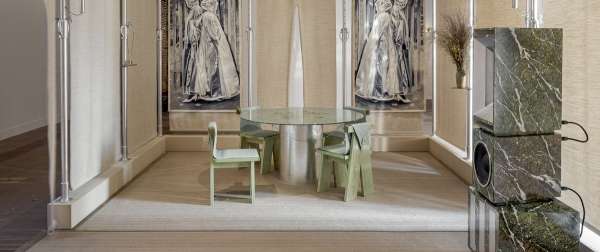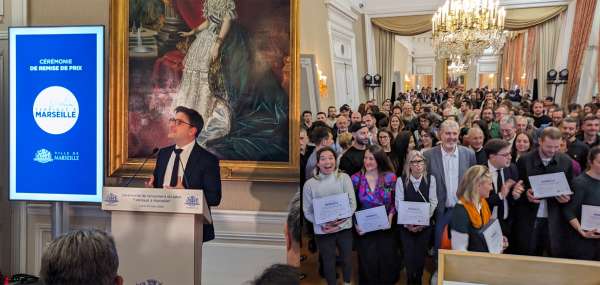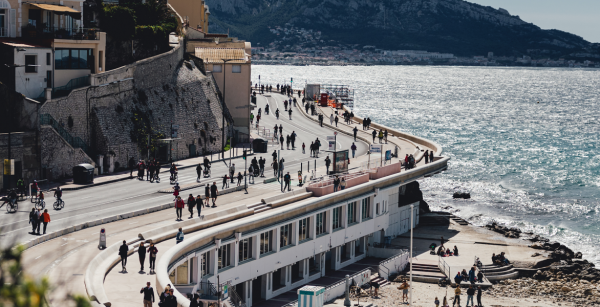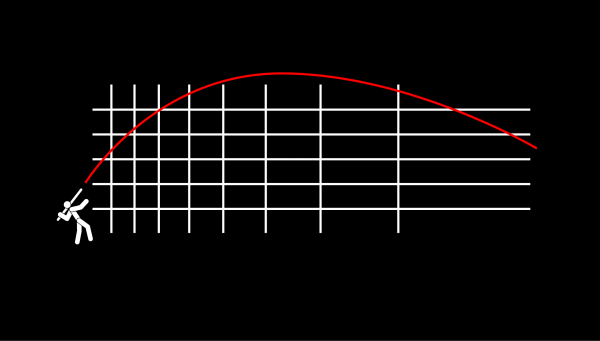The Aqueduc Festival took place on June 6–7, 2025 in Chanopost (Rhône, France). With environmental respect at the heart of its priorities, the festival aimed to implement concrete measures to reduce its ecological impact. In this context, Pikip Solar Speakers was invited to equip the stage used for inter-show performances.
The mission was to provide:
→ The energy required for lighting and backline
→ The sound system for the stage
→ Photovoltaic energy production
All of this across one installation and soundcheck day (June 5), followed by the festival days (June 6–7) from 5:00 p.m. to 11:00 p.m. Solar power was used to recharge the PikiP equipment and cover both days.
Equipment used
For the festival’s needs, we provided a kit including:
→ 7 loudspeakers (2x subwoofers – VTL118; 2x constant curvature – VCH30; 3x full range – VCX12)
→ 3 energy modules (2x energy stations – SE6000, available power: 6000W–9000 Wp, battery capacity: 4800 Wh; 1x autonomous amplifier – AEA, available power: 1200W–2400 Wp, battery capacity: 3500 Wh)
→ 2 solar platforms (1x FLYPV with photovoltaic energy production: 1700 Wp)
Summary of collected data
→ Energy consumed: 20.49 kWh (equivalent to the energy required to run a 275-litre refrigerator for one month)
→ Energy produced: 12.78 kWh (i.e. 62% of the energy consumed during the 3 days)
→ Peak consumption: 3380 W
→ Peak production: 1045 W (which is equivalent to 60% of its maximum production capacity)
Using three PikiP solar generators reduced the carbon impact of the inter-show stage by a factor of 10 compared to thermal generators.
The carbon footprint of the PikiP-powered stage was about 4 kg CO₂e, whereas using fuel generators would have resulted in approximately 40 kg CO₂e.
Close to autonomy, ready for 2026
The festival’s total energy consumption reached 20.5 kWh, of which 12.8 kWh were covered by a single FLYPV — despite unfavorable weather conditions.
Solar production was limited due to rain, but this assessment already demonstrates the real potential of the system: with better weather or the addition of a second FLYPV, we could have fully covered the energy needs of the inter-show stage.
For next year’s edition, we can envision a reinforced setup, more resilient to weather variability, allowing us to reach or even exceed full energy self-sufficiency — while maintaining a lightweight, aesthetic, and sustainable stage design.










